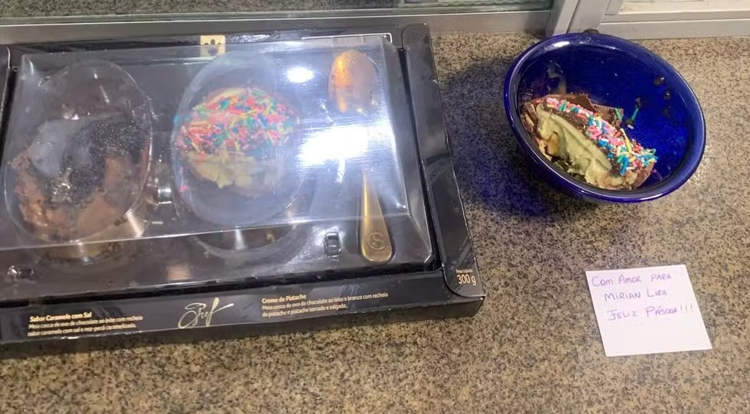I discovered pyrography, the art of painting with heat, six month ago, after seeing the wonderful artworks of Julie Bender, but after I got an email from renown pyrography master Dino Muradian, I just had to write about it once again.
Dino Muradian, or Dumitru Muradian, as he is known in his native country of Romania, has made pyrographic history with his innovative tools and painting techniques. The 60-year-old self-taught artist started experimenting with this awe-inspiring art in 1965, but for approximately 20 years it remained nothing but just a fun hobby. It was only after he left Romaina, to escape Ceausescu’s communist regime, and achieved his dream of living in America that he truly discovered his potential as a pyrography artist. He dedicated a lot of time to developing a new heat-painting technique he had imagined and building custom tools needed to create the shading and effects he desired. He had felt for some time that he could take pyrography beyond its known limits and began doing so. After years of work Dino invented a new technique that burns the wood with shading, rather than lines, at a very high temperature. His great precision and control insures the shading is embedded deeply in the wood, but at the same time the “canvas”remains as smooth as glass.

In 1990, after he managed to sell two artworks at a Hawaiian art gallery, Dino Muradian thought he had finally found a way to make a living off his talent, but he soon learned being an innovative artist can be somewhat problematic. Though amazing to look at, pyrography remains an obscure art form, and the US based artist struggled to get art galleries to feature his pieces. At first they were amazed by his talent, but as they looked at the fine details they would start to doubt the works were really made with heat from a soldering iron, and started saying they were some sort of laser transfer or trick reproduction. When he did manage to convince them his works were genuine, another problem arose – how to define his art. This has been a constant source of frustration for Muradian, who once said about gallery experts: “they cannot tell me technically if it’s good; I can read in their eyes the scepticism.”

Dino continued to sell his wonderful pyrographs to private collectors around the world, and luckily for him, a new market opened up. He started practicing his talents on electric guitars, customizing instruments for Fender, Gibson, Jackson, and ESP-USA Guitars, as well as doing other private works. We posted some photos of his most impressive works, but to discover his full portfolio of pyrography masterpieces, check out his profile on Fine Art America.











